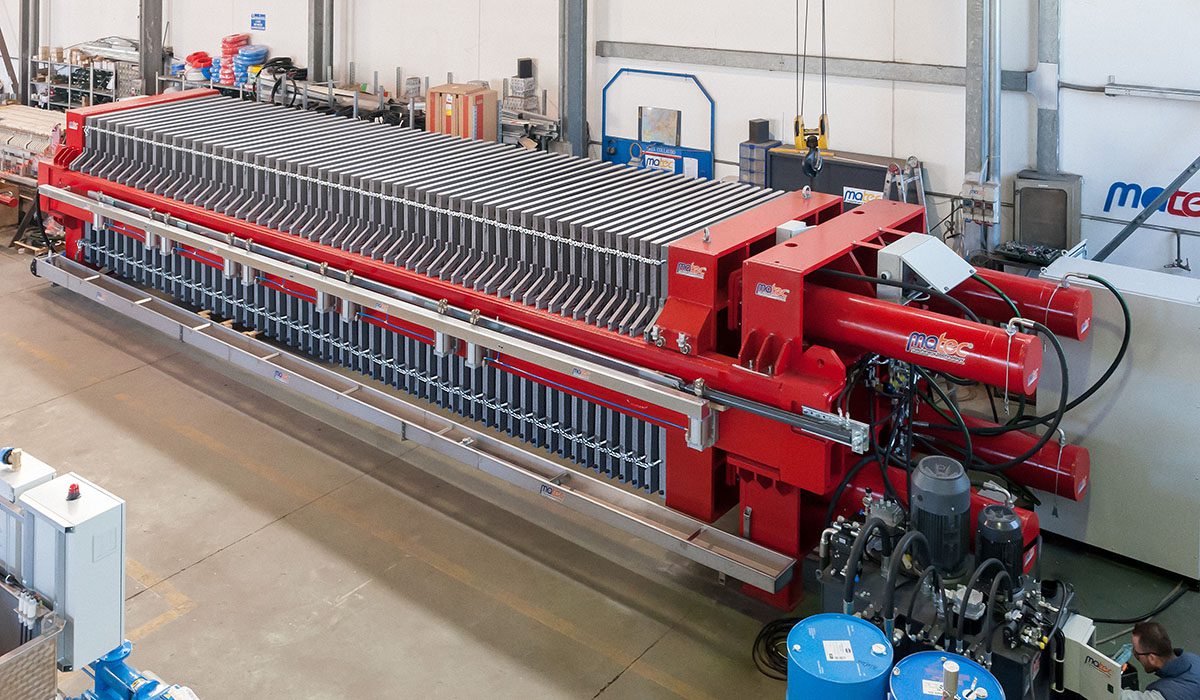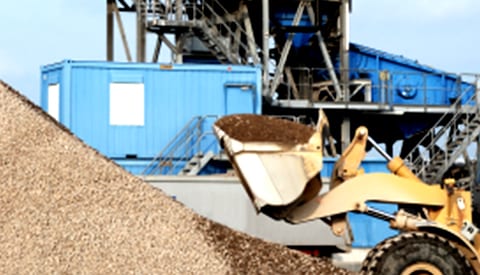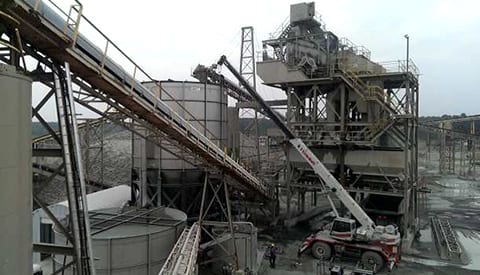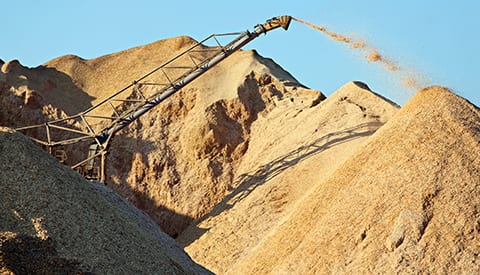
Industrial filter press have been a known technology in dewatering processes for several decades. The Matec filter press is in a league of its own with their advancements in the technology. From having a fully automated press to high pressure pumps, the Matec filter press can handle anything that you may throw at it.
In this Water Facts, we will explore how Matec Presses offer a unique advantage to our competition and why their accessories are unmatched in the industry.
Typically, silt and other fine particles find themselves in settling ponds and the heavier particles will settle to the bottom. Removal of this waste is costly as heavy machinery and extra personnel are needed for the extraction. The Matec industrial filter press can provide a low moisture cake (less than 20%) that is cheaper to dispose of. Due to its automation, operator cost will also decrease.
In stone cutting operations, water has many applications from polishing the stone to preventing the tools from overheating. This water needs to be reused or discharged appropriately. The Matec system is perfect as it creates low moisture cakes, recovers 99% of the water and occupy minimal space.
Trucks and mixers are washed with water and the concrete residue will remain unless treated. Once the water is treated, the Matec system can be applied. The water would be pressed and low moisture cakes will remain that are easy to dispose of. This allows for the water to be recovered and recycled back into the wash process.
In these industries, the water must be treated to remove the residue derived from glass working. Slurry from the water and residue will be created and will be pumped through the industrial filter press. By sending the slurry through the filter press, water and the residue are separated and water recovery is optimized.



Nick Piskura is the Marketing and Web Development Specialist at ChemREADY who utilizes expertise in digital marketing strategies to provide knowledgeable insights in each segment of our business. Nick provides insights through web development and multimedia resources that support ChemREADY’s full range of services, including Legionella management, ANSI/AAMI ST108 compliance, boiler and cooling tower treatment, wastewater processing, and industrial water quality solutions.